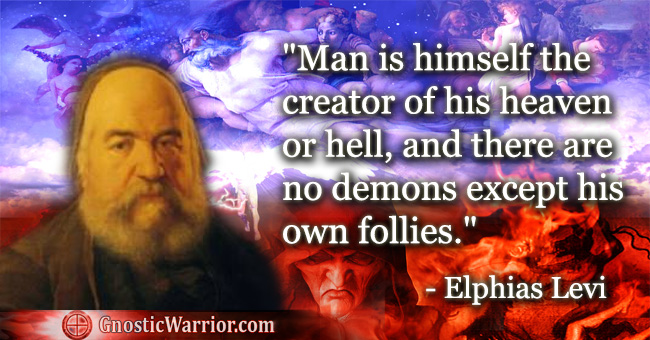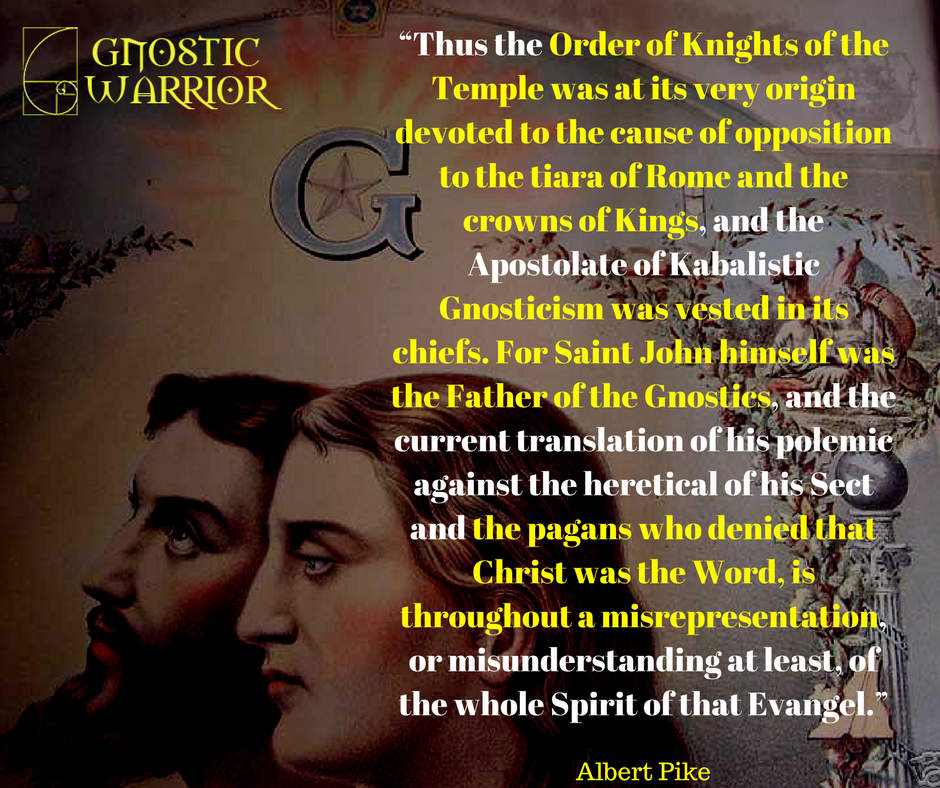
33rd Degree Sovereign Master of the Scottish Rite, Albert Pike had written in Morals and Dogma,“The trowel of the Templars is quadruple, and the triangular plates of it are arranged in the form of a cross, making the Kabalistic pantacle known by the name of the Cross of the East. The Knight of the East, and the Knight of the East and West, have in their titles secret allusions to the Templars of whom they were at first the successors.
“The secret thought of Hugues de Payens, in founding his Order, was not exactly to serve the ambition of the Patriarchs of Constantinople. There existed at that period in the East a Sect of Johannite Christians, who claimed to be the only true Initiates into the real mysteries of the religion of the Saviour.
They pretended to know the real history of YESUS the ANOINTED, and, adopting in part the Jewish traditions and the tales of the Talmud, they held that the facts recounted in the Evangels are but allegories, the key of which Saint John gives, in saying that the world might be filled with the books that could be written upon the words and deeds of Jesus Christ; words which, they thought, would be only a ridiculous exaggeration, if he were not speaking of an allegory and a legend, that might be varied and prolonged to infinity.
“The Johannites ascribed to Saint John the foundation of their Secret Church, and the Grand Pontiffs of the Sect assumed the title of Christos, Anointed, or Consecrated, and claimed to have succeeded one another from Saint John by an uninterrupted succession of pontifical powers. He who, at the period of the foundation of the Order of the Temple, claimed these imaginary prerogatives, was named THEOCLET; he knew HUGUES DE PAYENS, he initiated him into the Mysteries and hopes of his pretended church, he seduced him by the notions of Sovereign Priesthood and Supreme royalty, and finally designated him as his successor.
“Thus the Order of Knights of the Temple was at its very origin devoted to the cause of opposition to the tiara of Rome and the crowns of Kings, and the Apostolate of Kabalistic Gnosticism was vested in its chiefs. For Saint John himself was the Father of the Gnostics, and the current translation of his polemic against the heretical of his Sect and the pagans who denied that Christ was the Word, is throughout a misrepresentation, or misunderstanding at least, of the whole Spirit of that Evangel.
“The tendencies and tenets of the Order were enveloped in profound mystery, and it externally professed the most perfect orthodoxy. The Chiefs alone knew the aim of the Order: the Subalterns followed them without distrust (Albert Pike, Morals and Dogma, 1871, p. 816-817).

Moe is the founder of GnosticWarrior.com. He is a father, husband, author, martial arts black belt, and an expert in Gnosticism, the occult, and esotericism.

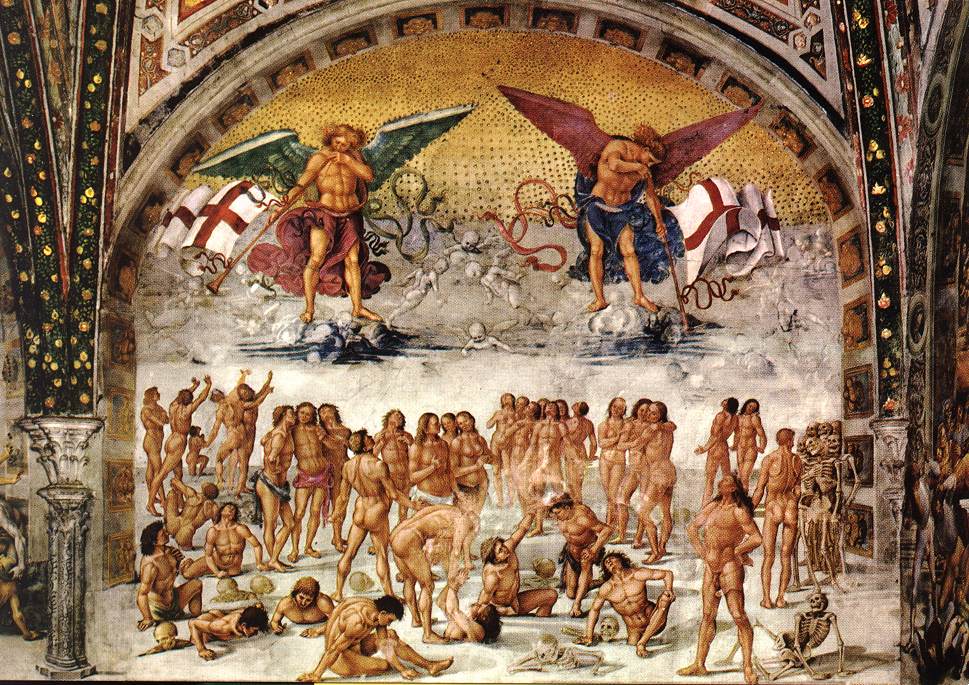
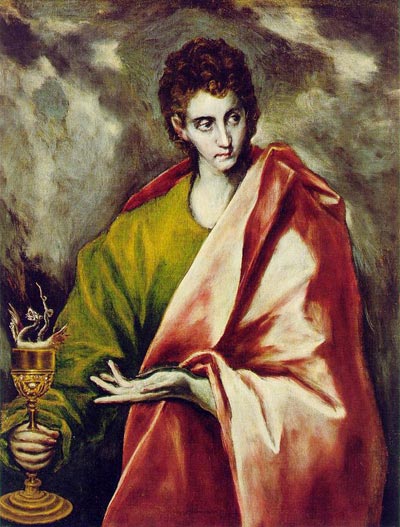
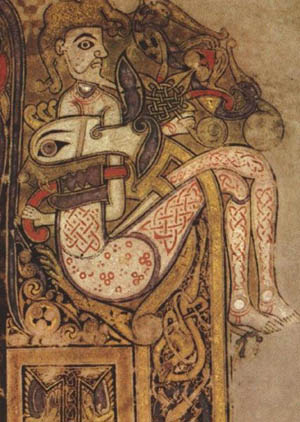

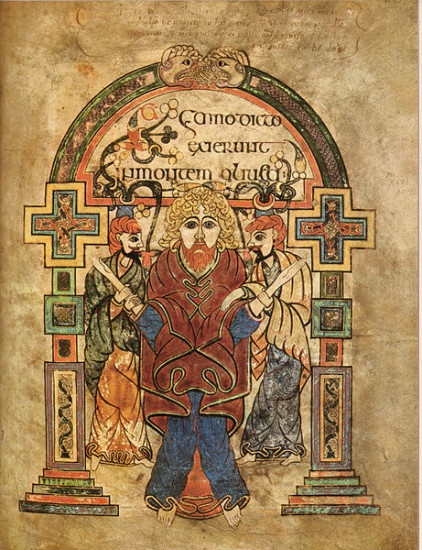
![How Haedde succeeded Leutherius in the bishopric of the West Saxons; how Cuichelm succeeded Putta in the bishopric of the church of Rochester, and was himself succeeded by Gebmund; and who were then bishops of the Northumbrians [673-681 A. D.] | Book 4 | Chapter 12 How Haedde succeeded Leutherius in the bishopric of the West Saxons; how Cuichelm succeeded Putta in the bishopric of the church of Rochester, and was himself succeeded by Gebmund; and who were then bishops of the Northumbrians [673-681 A. D.] | Book 4 | Chapter 12](https://www.gnosticwarrior.com/wp-content/plugins/contextual-related-posts/default.png)

